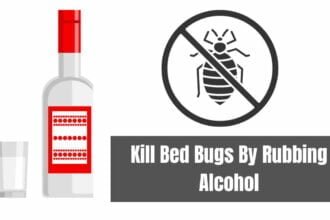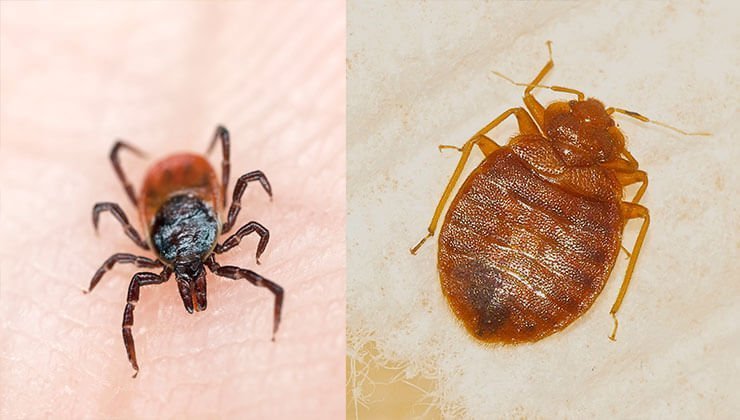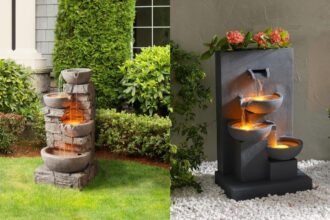Do you want a better atmosphere in your house? Paint is one of the most often encountered chemical pollutants in our houses, yet few people are aware of this. There are, however, several choices for non-toxic paints that may be purchased.
To help you establish a healthy, chemical-free environment, this article will explain the importance of healthy painting and list the many kinds of non-toxic paints available.
A Healthy Home Starts with Healthy Painting
We should take care that the paints we use inside our houses do not include any chemicals that might be damaging to our health or the environment. Formaldehyde, acetone, and xylene are only a few examples of volatile organic compounds (VOCs) used as solvents, pigments, binders, and other additions in paint.
Damage to the liver, kidneys, or central nervous system may take place over time, and short-term symptoms including headaches, dizziness, and irritated eyes and noses can be experienced as well.
Non-Toxic Paint Types
Several varieties of safe paints are now on the market. These are often referred to as low or no-volatile organic compound finishes, and they were developed to lessen health hazards without sacrificing aesthetics.
#1. Acrylic latex paint
One of these is acrylic latex paint, which contains water instead of solvents and has low-to-no levels of VOCs. Acrylic latex is also durable, washable, and fade-resistant, making it a great choice for interior walls. This non-toxic paint is versatile and can be used on various surfaces, from wood to drywall. You may know more about their versatility and appropriate application procedures from local, skilled paint firms, such as Groovy Hues.
#2. Natural paints
Another option is natural paints, made from plant oils and waxes, clay, minerals, and other natural ingredients. These eco-friendly paints don’t contain any VOCs or solvents and can be used on interior and exterior surfaces.
Natural paints are also breathable, allowing moisture to evaporate from the walls while still providing a beautiful finish. In addition, because natural dyes are made of all-natural ingredients, they tend to be odorless and safe for those with chemical sensitivities.
#3. Clay paints
Clay paints are a great option for those looking for non-toxic paint that offers excellent coverage. Clay paints contain natural clay, sand, pigments, and no VOCs or solvents. They are highly durable and long-lasting, providing an attractive finish with excellent coverage.
#4. Milk paints
This non-toxic paint is a type of natural paint made from milk proteins and lime, which has taken the paint industry by storm. They have been used for centuries, but innovative technology has increased their versatility and longevity.
They are often favored for their beautiful matte finish. Still, they do require more preparation than other non-toxic paint types.
#5. Chalk paints
Chalk paints are popular for their unique, matte finish. They are made from chalk and pigments and have excellent coverage while being low in VOCs. This makes them a great choice for furniture pieces or any other items you want to paint with a washable, durable finish.
However, this type of non-toxic paint is someone other than the one to choose for painting surfaces for the long term. They are only applicable for seasonal decorations and celebrations.
Making the Right Paint Choice
Choosing the proper paint is the first step in creating a healthy house. We hope this post has given you a basic understanding of the many options for non-toxic paint that may be used for this purpose.
Before buying any paint, be sure to check the label for the amount of VOCs it contains. It’s also crucial that you use the paints correctly by according to the manufacturer’s guidelines and only purchase them from trustworthy retailers.
With a little study, you can find non-toxic paints that can help you establish a healthy, chemical-free environment in which to live.
Finding the Right Paint Partner
selecting the perfect paint is important, but so is selecting a painting partner who can help you realize your idea. A reliable painter would know how to use non-toxic paints and appreciate the value of maintaining a wholesome indoor atmosphere. Helping you create the ideal healthy living area is their specialty, and they can advise you on the best paint to use for any given job.
Final Verdict
So, if you’re looking to create a healthier home environment, consider making the switch to non-toxic paint types and find the right painting partner to help you achieve your goals. With these tips in mind, you can enjoy a beautiful, safe living space without compromising on quality or performance. Go wild with colors today!







